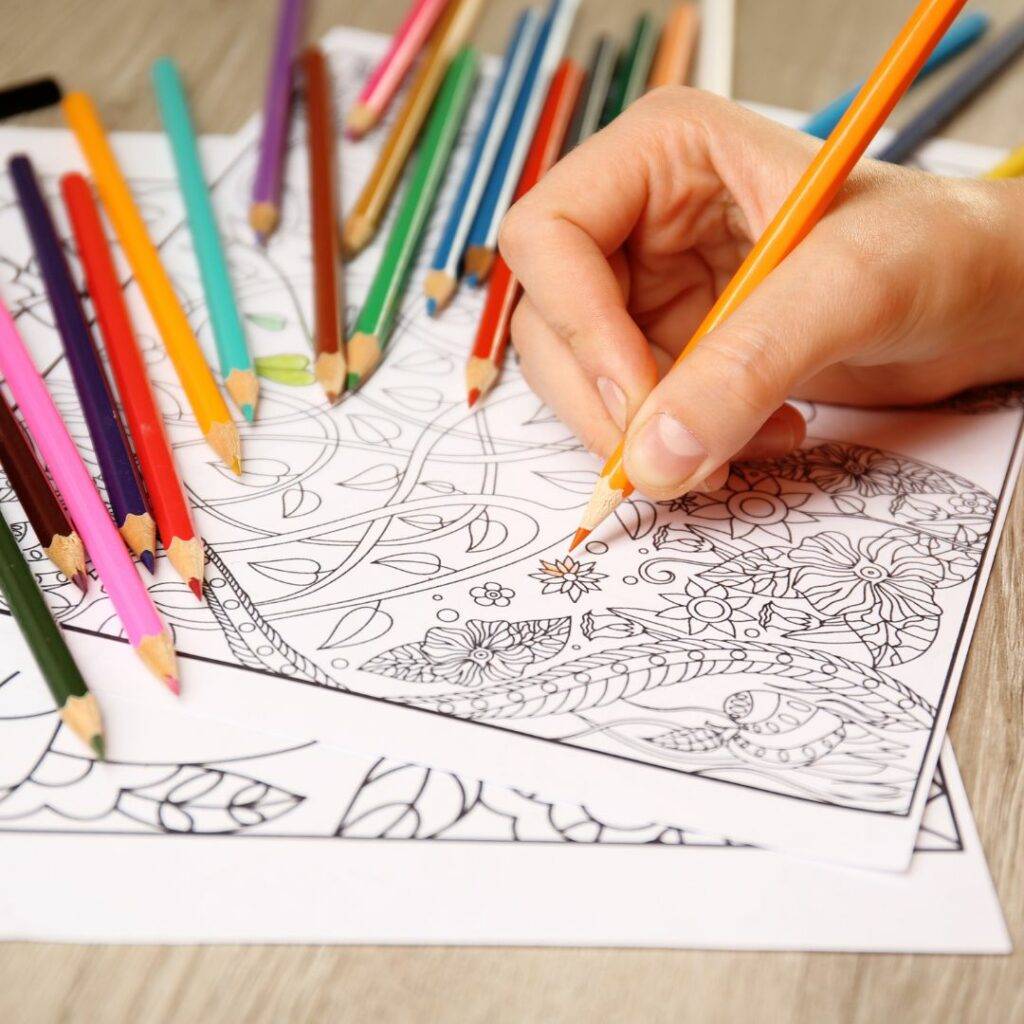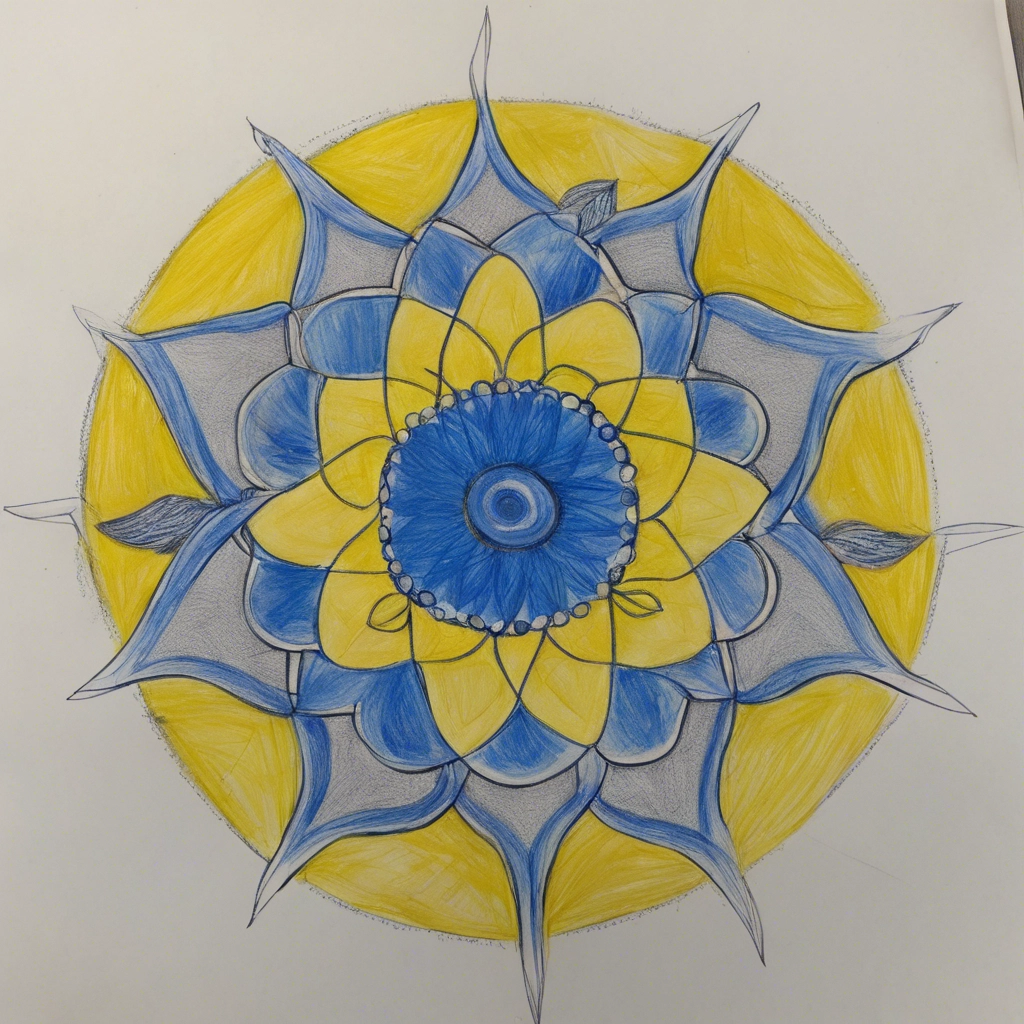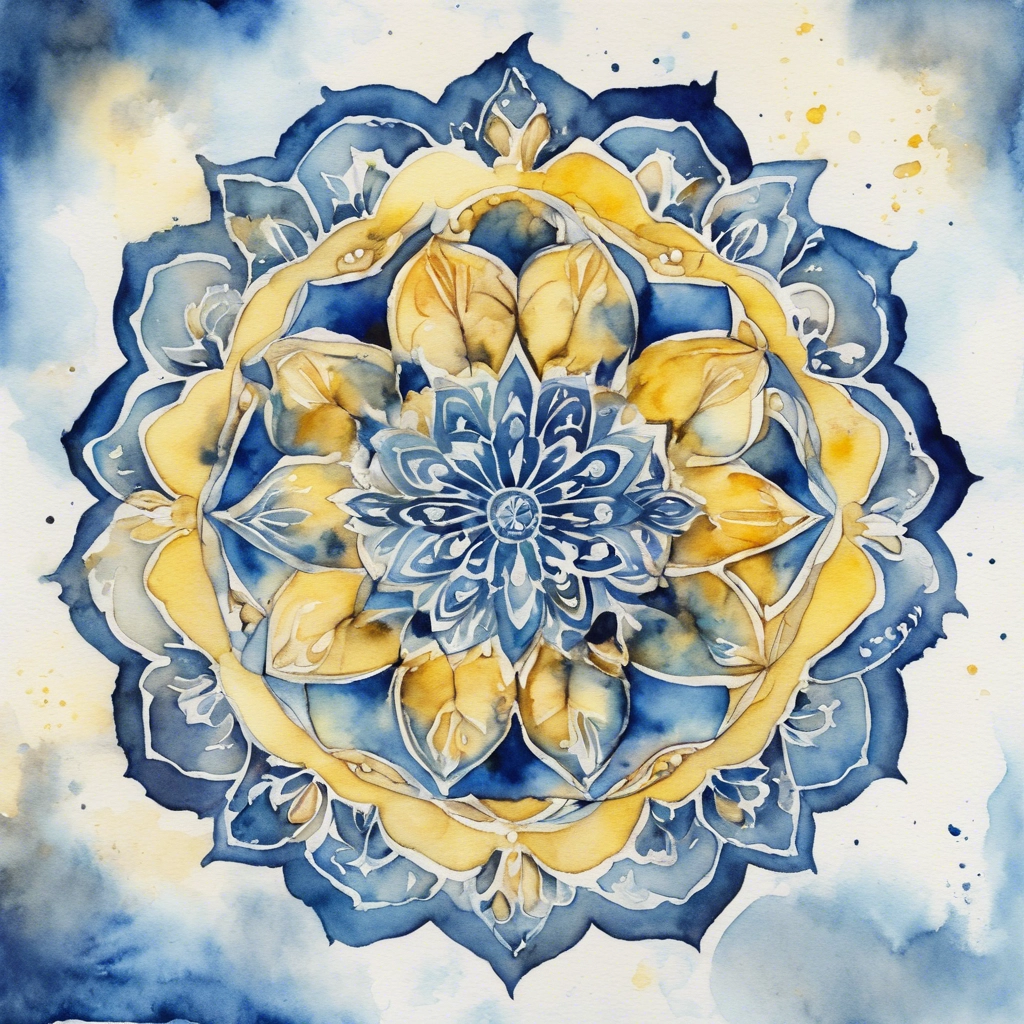50 Mandala Designs to Engage Creativity

As the new school year begins, it’s time to add some colour and creativity to your classroom. Mandalas are a fantastic way to spark imagination, build focus, and encourage self-expression. Whether you’re looking for a quiet, creative activity or something that inspires students to explore their unique personalities, mandalas are a brilliant option.
These intricate patterns have been used across cultures for thousands of years, symbolising harmony and balance. While their origins are rooted in traditions like Tibetan art, mandalas also appear in the designs of the Aztecs, Navajo people, and more. Today, they’re a creative tool for encouraging students to explore colours, shapes, and their own personal stories.
Why Mandalas Are Perfect for the Classroom
One of the best things about mandalas is that they’re flexible and open-ended. There’s no right or wrong way to colour or design one, which makes them ideal for students of all ages and abilities. Kids can take a mandala design and let their imaginations run wild. Plus, the act of working on these intricate designs helps students develop fine motor skills and focus on their creative tasks.
Mandalas are also a great way to explore emotions. Combining the emotion colour wheel with mandala activities helps students choose colours that resonate with how they’re feeling or what they enjoy, making the activity even more meaningful.

Two Creative Activities to Try
Here are two mandala-based activities you can use in your classroom to engage your students:
Activity A: Colour and Explore
Kick things off with pre-printed mandala designs. Let your students choose a design that speaks to them, and encourage them to select colours that resonate with how they’re feeling or what they enjoy. The emotion colour wheel can guide their choices, helping them connect their emotions to their artwork.
Once their colouring is complete, create a classroom display to celebrate their efforts. A colourful bulletin board or a gallery wall of their designs can brighten up your space and give students a sense of pride in their work.
Activity B: Design and Paint
For a more hands-on approach, challenge students to create their own mandalas. Use pre-printed templates for inspiration, but encourage them to design something uniquely theirs. If a student is feeling stuck, let them trace a basic outline and then build on it with their own shapes and patterns.
Provide A3 paper and art supplies, such as paints or markers, and let them bring their designs to life. Once the artwork is finished, ask students to write a short explanation of their design and colour choices. This allows them to reflect on their work and share their creative process with others.

Why Mandalas Belong in Your Classroom
Mandalas offer more than just a creative outlet—they’re an excellent way to help students stay focused, develop patience, and express their individuality. Whether they’re colouring a pre-made design or creating their own, students are building confidence and exploring new ways to communicate their ideas visually.
Plus, they make your classroom look fantastic! A wall full of colourful mandalas is a lovely way to show off your students’ creativity and celebrate their unique contributions.
Ready to get started?
If you’re excited to introduce mandalas to your students, I’ve got just the thing to help you get started. My FREE 50 Mandala Designs and emotion colour wheel chart are perfect for colouring, experimenting with patterns, or sparking ideas for creating original artwork.
It’s a great first step to exploring the creative world of mandalas in your classroom. If you’re interested in more ways to integrate creativity and engagement into your lessons, keep an eye out for additional resources inside my membership. But for now, let’s get colouring!
By introducing mandalas to your classroom, you’re not just adding a bit of fun and colour—you’re opening the door to creativity and personal growth. Why not give it a try? Your students (and you!) might just discover a new favourite activity.
